Best Highspeed HDMI Cable for 4K/8K HDR Gaming 2025
Ever sat down to enjoy a stunning 4K movie or dive into an immersive gaming world, only to feel like something’s just… off? The picture isn’t quite as crisp, the colors not as vibrant, or maybe you’re experiencing frustrating lag. While your expensive TV or powerful gaming console gets all the glory, the unsung hero of your home entertainment system often flies under the radar: the highspeed HDMI cable. Trust me, as someone who’s spent years meticulously optimizing everything from intricate home theater setups to the backend performance of a complex WordPress site, I’ve learned that the details matter. And when it comes to delivering pristine audio and video, a quality highspeed connection isn’t just a detail; it&s fundamental.
You might think, “An HDMI cable is just an HDMI cable, right?” Wrong. Especially in today&s world of 4K, 8K, HDR, and high refresh rate gaming, the right highspeed cable can make all the difference. Let&s pull back the curtain and explore why this often-overlooked component is so crucial to your digital life.
What Exactly Is a High-Speed HDMI Cable?
A high-speed HDMI cable is specifically designed to transmit high-bandwidth data, supporting advanced features like 4K resolution, 3D video, and deep color.
In simple terms, not all HDMI cables are created equal. The HDMI Forum, the organization behind the standard, categorizes cables based on their capabilities. A “Standard” HDMI cable (now largely outdated) handles basic 1080i/720p signals.
Then there&s the “High Speed” category, which is where things get interesting for modern setups. These cables are certified to support 1080p, 4K@30Hz, 3D, and deep color. However, as technology advanced, we needed even more bandwidth.
This led to “Premium High Speed” for reliable 4K@60Hz with HDR, and finally, “Ultra High Speed” HDMI cables, which are essential for HDMI 2.1 features like 4K@120Hz, 8K@60Hz, Variable Refresh Rate (VRR), and Enhanced Audio Return Channel (eARC). When we talk about “highspeed” today, we&re generally referring to these latter categories that can handle the latest resolutions and refresh rates.
Why Do I Need a High-Speed HDMI Cable for My Setup?
You need a high-speed HDMI cable to fully unlock the potential of your modern AV equipment, ensuring crisp 4K/8K visuals, smooth high-refresh-rate gaming, and immersive audio experiences.
Think of it this way: your brand-new 4K TV is a Ferrari, and your old, generic HDMI cable is like putting regular unleaded gas in it. It might run, but it&s not performing at its peak. Here’s why a proper highspeed HDMI connection is non-negotiable:
- Stunning Visuals: To enjoy true 4K (or even 8K) resolution with HDR (High Dynamic Range) and wide color gamut, you need the bandwidth that only a certified highspeed cable can provide. Without it, you might get a downgraded resolution, flickering, or even no signal at all.
- Fluid Gaming: Gamers rejoice! Features like 4K@120Hz, Variable Refresh Rate (VRR), and Auto Low Latency Mode (ALLM) are game-changers for console and PC gaming. These require the massive bandwidth of an Ultra High Speed HDMI 2.1 cable to ensure tear-free, super-smooth gameplay.
- Immersive Audio: Modern audio formats like Dolby Atmos and DTS:X demand significant data, especially when transmitted via eARC (Enhanced Audio Return Channel) from your TV to your soundbar or AV receiver. A quality highspeed hdmi cable ensures that uncompressed, high-bitrate audio reaches your sound system perfectly.
- Future-Proofing: Even if you don&t have an 8K TV today, investing in an Ultra High Speed cable now means you&re ready for future upgrades without having to replace your cables again.
What Are the Key Features to Look for When Buying a High-Speed HDMI Cable?
When buying a high-speed HDMI cable, prioritize its HDMI version (2.0 vs. 2.1), official certification, appropriate length, and robust build quality.
Navigating the world of HDMI cables can be a bit confusing, but here’s what to keep an eye out for:
- HDMI Version (2.0 vs. 2.1):
- HDMI 2.0 (High Speed with Ethernet): Good for 4K@60Hz, HDR10, and older gaming consoles. Max bandwidth of 18 Gbps.
- HDMI 2.1 (Ultra High Speed): The gold standard for next-gen performance. Supports 4K@120Hz, 8K@60Hz, VRR, ALLM, eARC, and Dynamic HDR. Max bandwidth of 48 Gbps. This is what you want for PS5, Xbox Series X, and the latest TVs.
- Official Certification: Look for the “Premium High Speed” or “Ultra High Speed” certification labels. These aren&t just marketing fluff; they mean the cable has been tested to meet specific performance standards. Many reputable brands like Zeskit, Monoprice, and Belkin offer certified cables. You can even scan a QR code on the packaging for verification.
- Length: For passive cables (most common), shorter is generally better for signal integrity. For runs over 15-20 feet, consider an active optical HDMI cable (AOC) or a repeater/extender, as these use fiber optics to ensure signal quality over longer distances.
- Build Quality: While fancy braiding isn&t strictly necessary for performance, good shielding, robust connectors (gold-plated are nice but not essential for digital signals), and durable jackets contribute to longevity and signal stability. Avoid overly stiff cables that might put strain on ports.
Can a Cheap HDMI Cable Really Affect My Picture Quality?
Yes, especially with high-bandwidth content, a sub-par or uncertified HDMI cable can lead to signal degradation, resulting in visual artifacts, flickering, or a complete lack of picture.
This is a common misconception: “digital is digital, it either works or it doesn&t.” While it&s true that a digital signal is binary, the reality of high-speed data transmission is more nuanced. When you&re pushing 48 Gigabits per second through a thin wire, even minor interference or impedance issues can cause errors. Your TV or receiver then has to work harder to correct these errors, or worse, it can&t, leading to:
- Sparkles or Dropouts: Tiny white or colored dots appearing on the screen.
- Flickering: The picture intermittently cutting out or flashing.
- Reduced Resolution/Color: Your devices might negotiate a lower resolution or color depth to maintain a stable connection, meaning you&re not getting the full 4K HDR experience you paid for.
- Audio Sync Issues: Your sound can fall out of sync with the video.
While you don&t need to spend a fortune on esoteric “audiophile” cables, avoiding the cheapest, unbranded options is a wise decision, particularly for highspeed connections.
How Do I Know if My Existing Cable is High-Speed HDMI?
The easiest way to determine if your existing cable is high-speed HDMI is to check for labels or printed text on the cable jacket or original packaging, specifically looking for “High Speed” or “Ultra High Speed” certifications.
Often, the cable itself will have text printed along its length. Look for phrases like “High Speed HDMI Cable,” “Premium High Speed HDMI Cable,” or “Ultra High Speed HDMI Cable.” If it&s an older cable and lacks any such designation, it&s probably just a “Standard” cable and won&t support modern highspeed features. If you&re unsure, and especially if you&re experiencing any of the issues mentioned above, upgrading is a smart move. Many modern TVs and AV receivers also have diagnostic menus that can tell you the incoming HDMI signal&s resolution, refresh rate, and color depth, which can help you infer your cable&s capabilities.
Are There Different Types of High-Speed HDMI Cables, and Which One is Right for Me?
Yes, the primary types of high-speed HDMI cables are based on their supported HDMI specification (2.0 or 2.1), with HDMI 2.1 “Ultra High Speed” cables being the most capable and future-proof choice for most users.
Let&s clarify the main distinctions:
Shop Related Products on eBay
Find the best deals on these recommended products:
… (Content truncated for length) …
About the Author:
Poly Kaza is a seasoned technology journalist and wearable tech enthusiast with over a decade of experience reviewing and analyzing the latest innovations in smart devices. He has a deep understanding of the underlying technologies that power smartwatches and a passion for helping consumers make informed decisions about their digital companions. His work focuses on bridging the gap between complex technical specifications and practical user experience, with a keen eye on how wearables impact daily life and health.
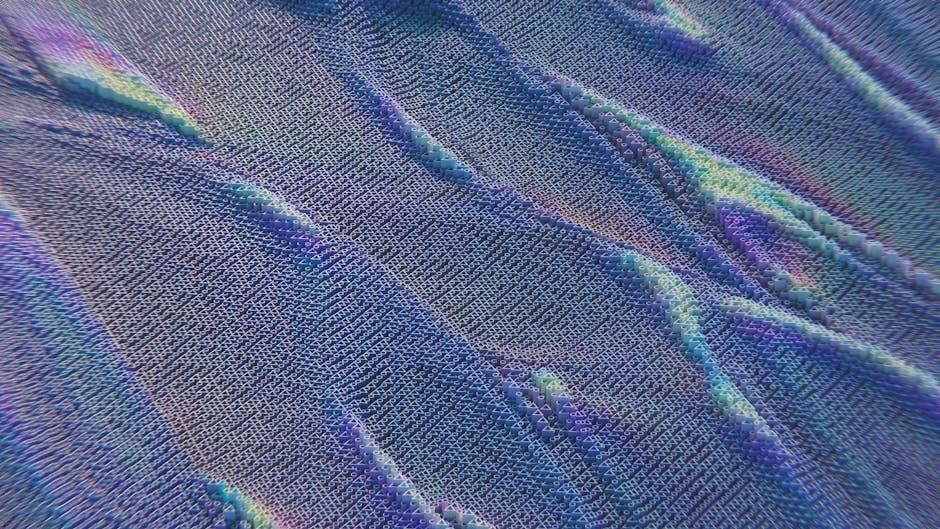
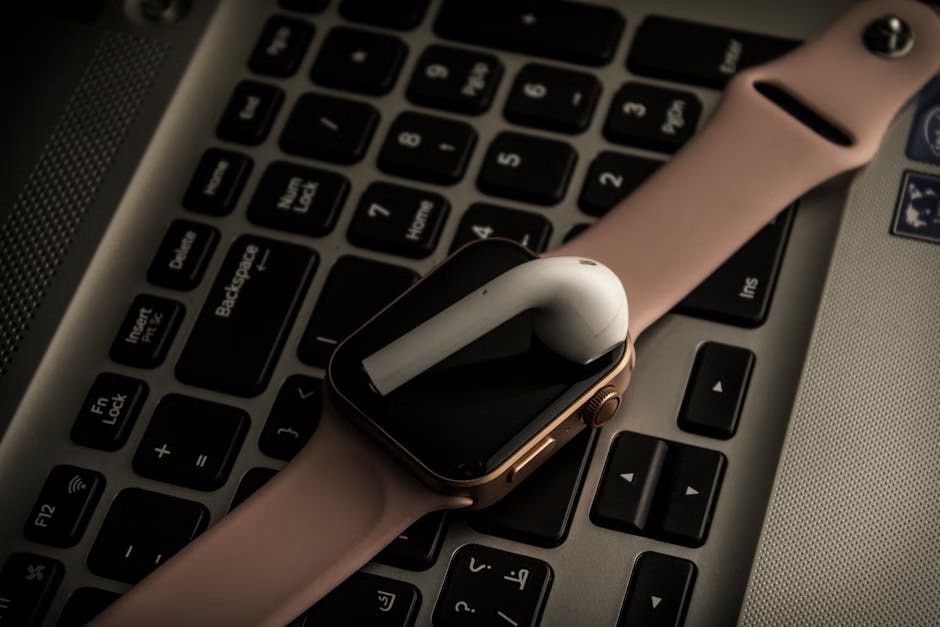
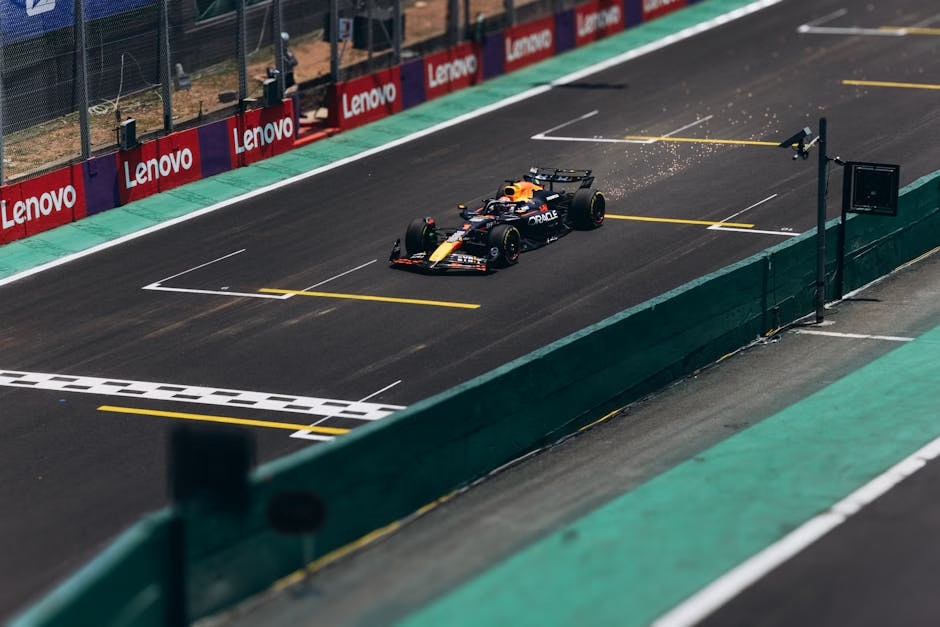

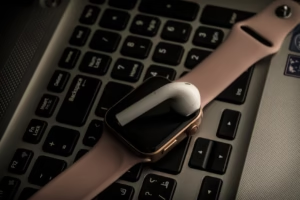
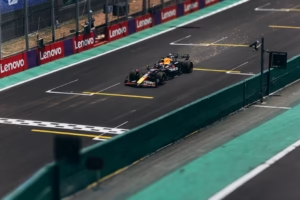
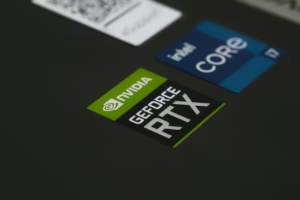






2 comments